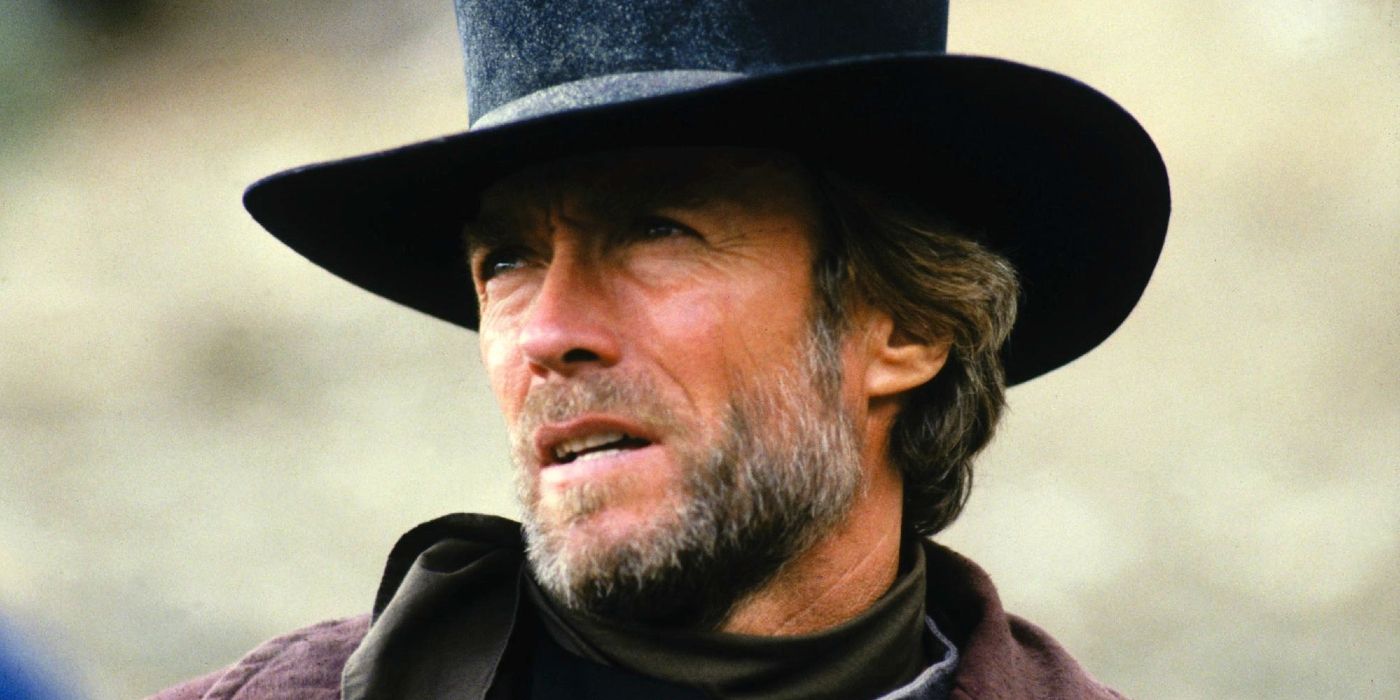
Tombstone fans hankering for an equally entertaining dust-up must travel from Arizona to California and meet Pale Rider, the highest-grossing Western of the 1980s. Directed, produced by, and starring Clint Eastwood, Pale Rider marked the legendary actor’s first Western since The Outlaw Josey Wales in 1976 and the last until the Oscar-winning Unforgiven in 1992. Of course, Pale Rider has plenty in common with the outstanding High Plains Drifter, with both starring Eastwood as a ghostly personification of death (though it’s never been entirely confirmed in the latter).
Besides earning commercial acclaim, Pale Rider was highly praised by renowned film critic Roger Ebert in his four-star review. His appraisal is still held in high regard 12 years after his passing. Pale Rider possesses a supernatural and philosophical essence that sets it apart from Tombstone, but both films are guaranteed to captivate audiences who enjoy gritty, action-packed Westerns with lasting appeal.
‘Pale Rider’s Premise, Explained
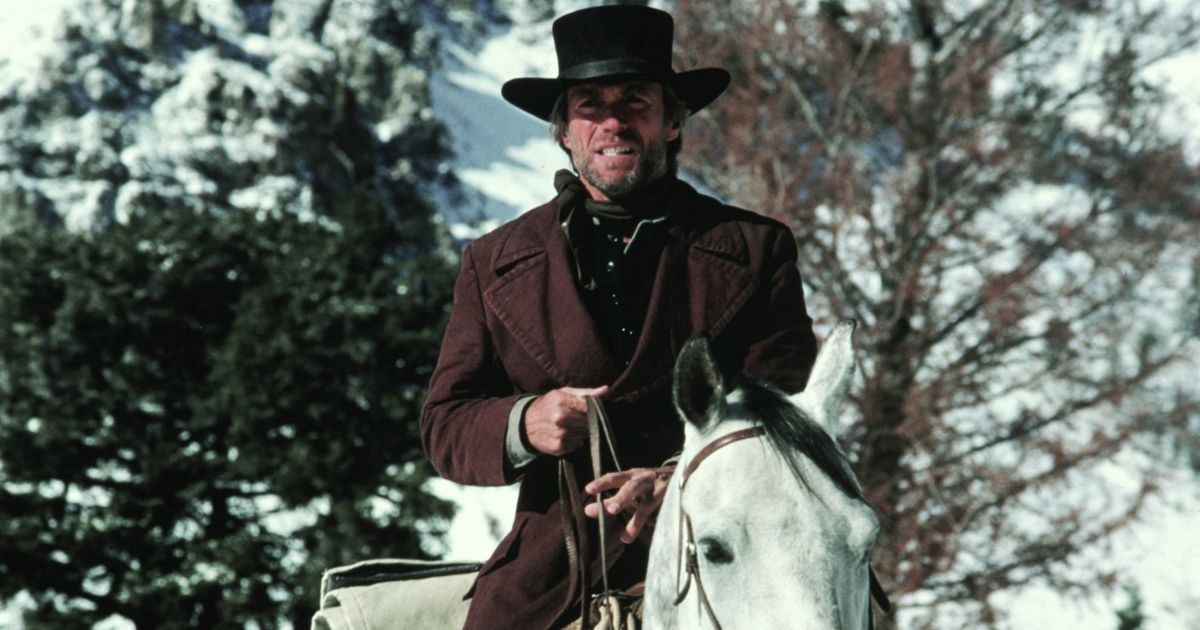

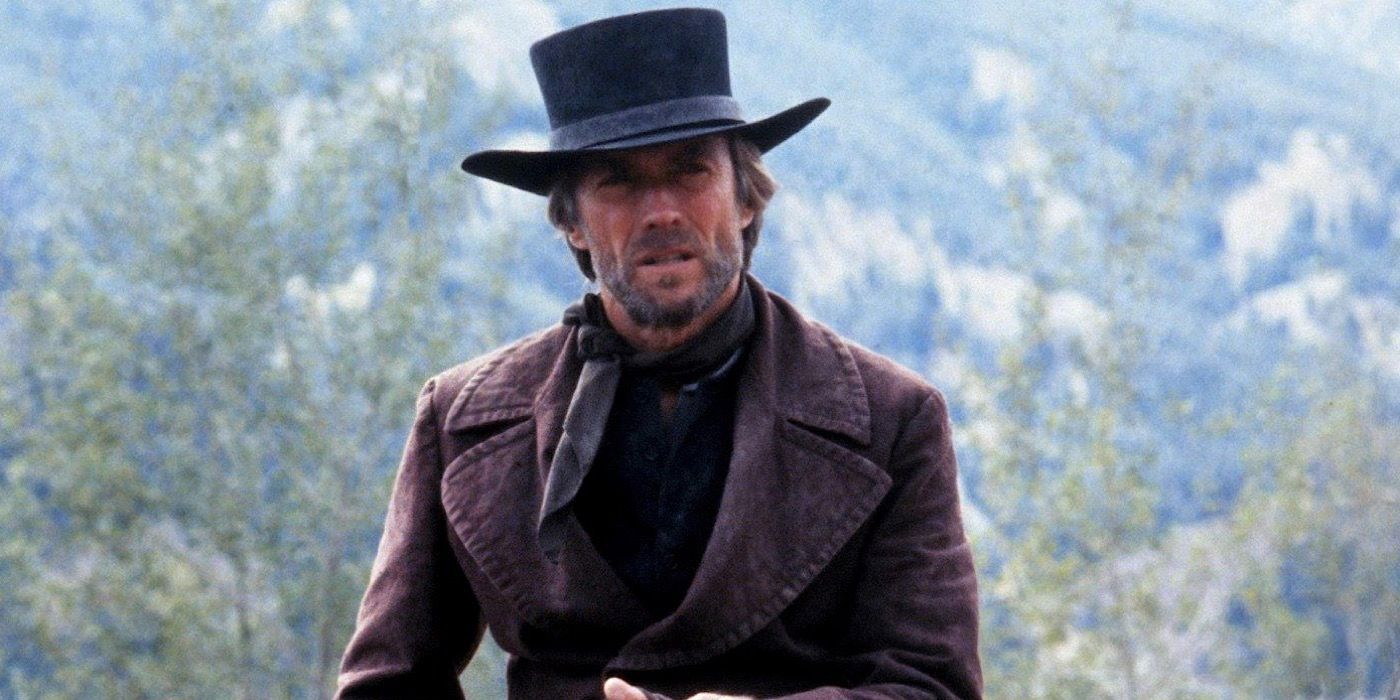
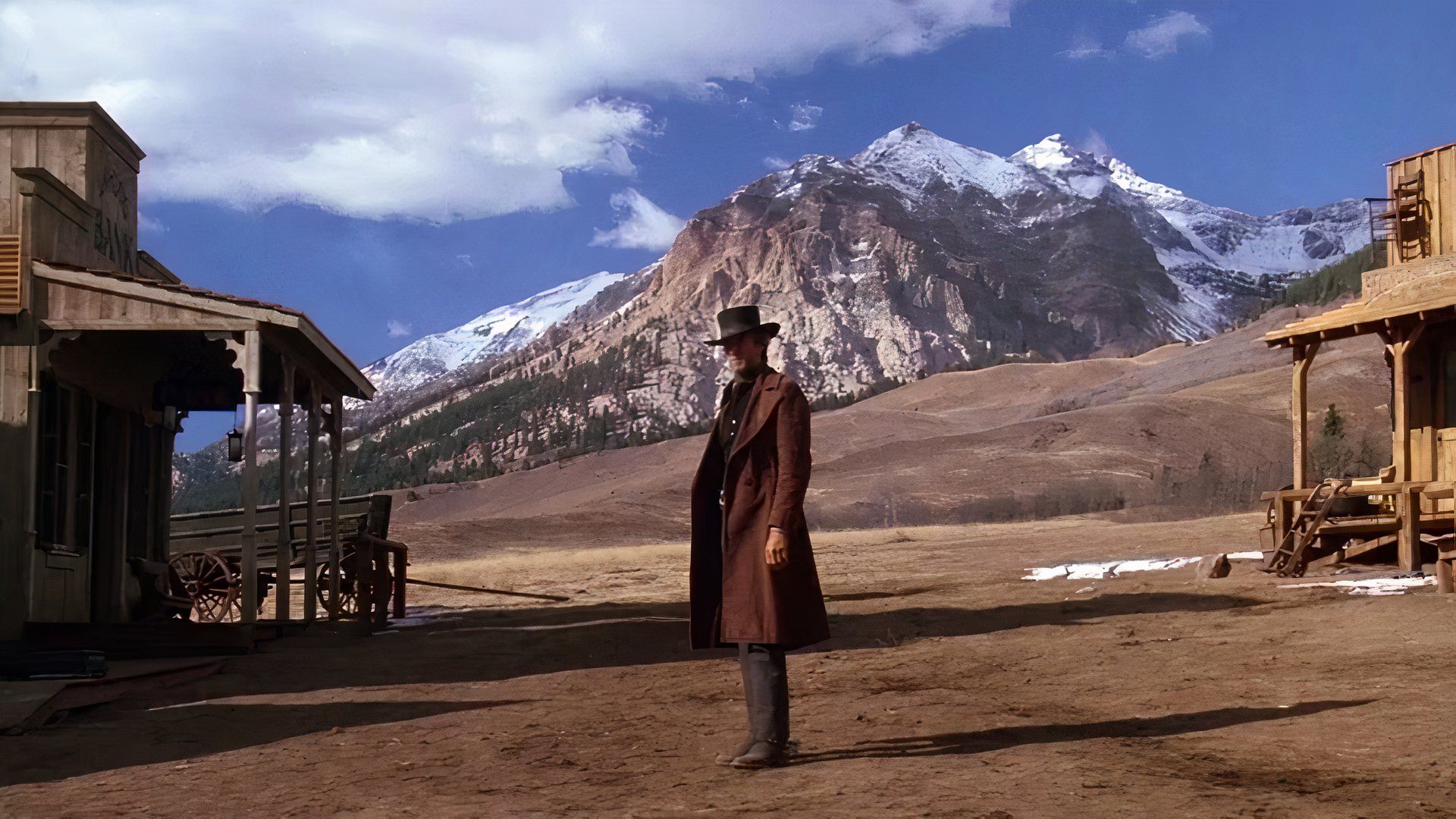
Released by Warner Bros. in June 1985, Pale Rider is an American Western with subtle supernatural leanings. The title refers to the Four Horsemen of the Apocalypse from chapter six of the Book of Revelations, a passage read by villager Megan Wheeler (Sydney Penny) as Eastwood’s character, Preacher (named for his priestly collar), arrives in Carbon Canyon, California. Megan prays for a miracle after her dog is killed by mining magnate Coy LaHood’s (Richard Dysart) men, prompting a revenge campaign mounted by Preacher.
LaHood sends four henchmen to intimidate the small-time miner Hull Barrett (Michael Moriarty), further seizing control of Carbon Canyon. However, the Preacher easily dispatches the foursome with an axe-butt. Hull thanks the Preacher for the heroic act, and the stranger continues protecting Megan and her mother, Sarah (Carrie Snodgress), as LaHood calls in reinforcements. LaHood’s son Joshua (Chris Penn) sends a gargantuan heavy called Club (Richard Kiel) to stop Preacher, only for the elusive stranger to avoid harm with each confrontation.
As more men close in on the Preacher, and he continues to evade danger, theories about the character have abounded for years. Roger Ebert was among the first to notice the subtle, nuanced ways Eastwood plays the character, toying with the audience’s realization of whether Preacher is alive or dead. This connects the movie to the 1973 High Plains Drifter, in which Eastwood (who directs) also plays a vengeful apparition.
Roger Ebert’s ‘Pale Rider’ Assessment



In his effusive four-star review, Roger Ebert opens with:
As a devoted movie lover, I can’t help but marvel at Clint Eastwood’s exceptional ability to immerse himself in his roles. This is particularly evident in ‘Pale Rider,’ where he holds such commanding presence on-screen that it takes us some time to realize just how little of him we actually saw throughout the film.
In reviewing Preacher, Ebert points out that Eastwood’s face is frequently veiled in shadows, revealing only glimpses of his true appearance. This, along with both subtle and overt narrative techniques, helps maintain the central enigma, which Ebert highlights as one of the film’s key strengths.
“One of the subtlest things in the movie is the way it plays with the possibility that Eastwood’s character may be a ghost, or at least something other than an ordinary mortal.”
“There are some moments when the movie’s mythmaking becomes self-conscious. In one scene, for example, the marshal’s gunmen enter a restaurant and empty their guns into the chair where Eastwood had been sitting moments before. He is no longer there; can’t they see that? “
Ebert also praises how Eastwood plays to, and subverts, his classic “Man With No Name” character popularized in the ’60s and ’70s, giving fans a dose of the familiar with something fresh and otherworldly. As the glowing review concludes:
“In ‘Pale Rider,’ Clint Eastwood is the director, and having directed himself in nine previous films, he understands so well how he works on the screen that the movie has a resonance that probably was not even there in the screenplay.”
In contrast to some who view the film “Pale Rider” as being similar to the traditional Western “Shane” rather than “Tombstone“, Clint Eastwood himself described the character Preacher as a “pure ghost,” while Shane is about a real person. Interestingly, just like a ghost, the movie “Tombstone” was unnoticed by Roger Ebert and his colleague Gene Siskel when it premiered in 1993.
Siskel and Ebert’s Response to ‘Tombstone’
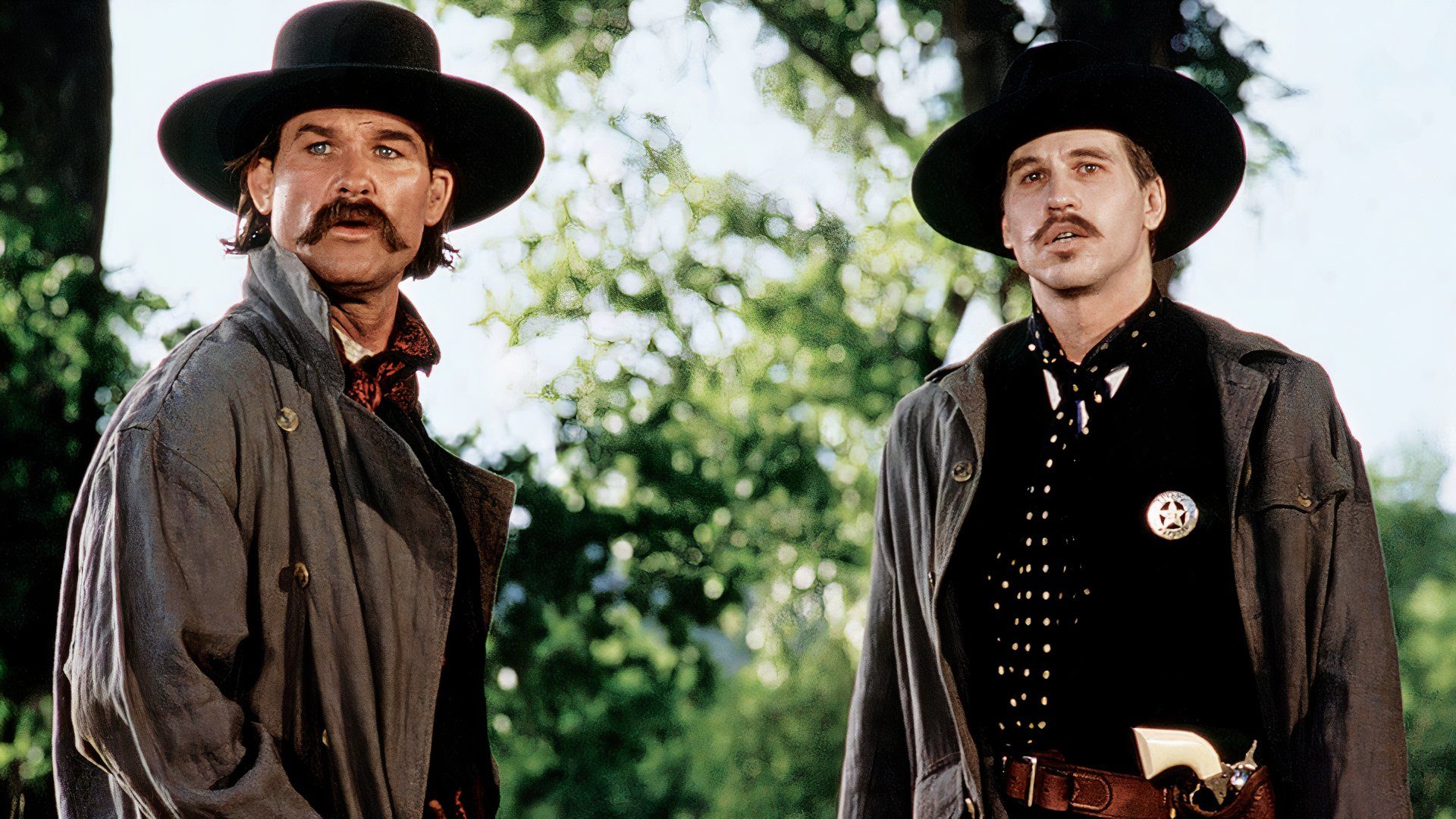
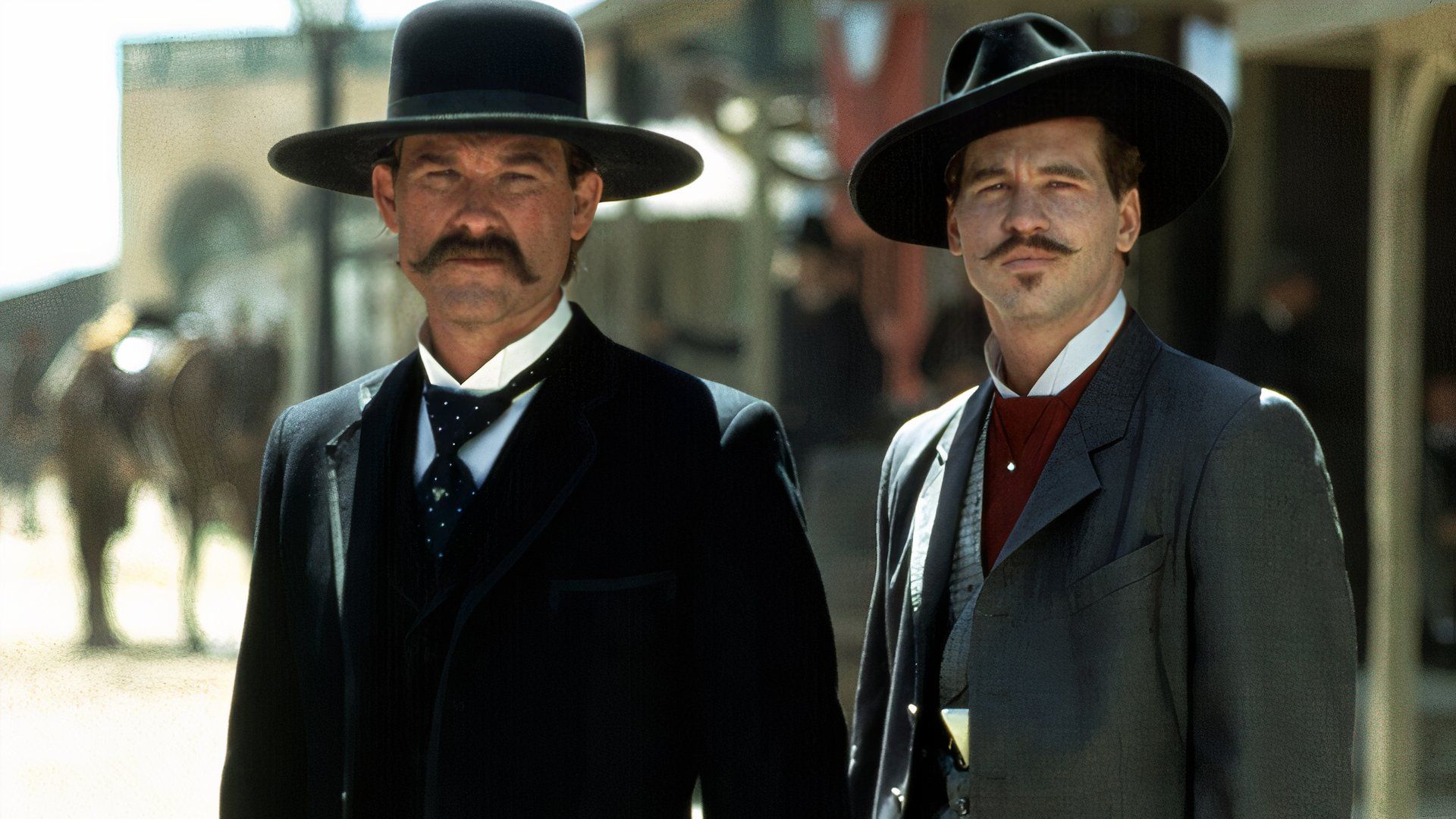
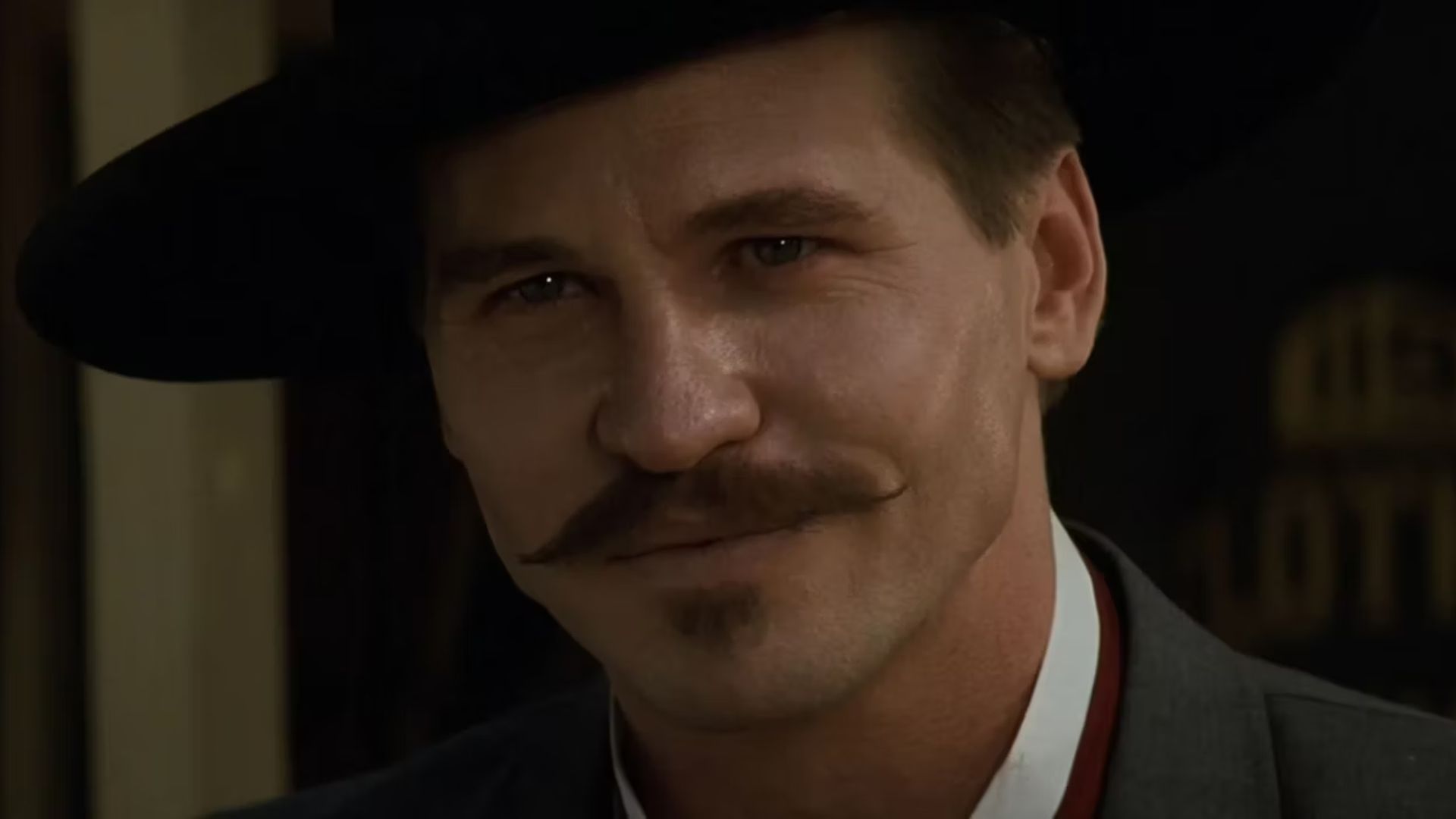

While Tombstone is considered a classic Western in 2025, the studio and distributors did not have much faith in the movie in 1993. Produced by Hollywood Pictures/Cinergi Productions and distributed by Buena Vista Pictures, the powers that be felt Tombstone would get drubbed by critics. The studio deliberately avoided pre-screening the film, fearing that negative word of mouth would harm its commercial viability. As such, Roger Ebert and his partner, Gene Siskel, were unafforded the chance to review the film in print ahead of its Christmas Day release in 1993, prompting the response:
They intentionally kept it hidden from the critics, as they believed it would receive negative feedback.
Siskel: “It remained concealed from us, we couldn’t observe it, which is regrettable. There was a Hollywood executive who stated ‘the films I didn’t produce would likely have earned as much as the ones I did produce,’ and this seems to validate that statement.
Siskel and Ebert eventually reviewed “Tombstone” in February 1994, but they had differing opinions on the film. While Siskel disliked it enough to give it a Thumbs Down, Ebert appreciated it despite its messy production process and gave it a Thumbs Up on their TV program.
“We thought we’d have to give it a pass, but then a strange thing started to happen. People started telling me they really liked Val Kilmer’s performance in Tombstone. I heard this everywhere I went. When you hear this once or twice, it’s interesting. When you hear it a couple of dozen times, it’s a trend. And when you read that Bill Clinton loved the performance, you figure you’d better catch up with the movie, and that’s what I did a couple of days ago.”
Reviewing the film, Ebert added:
“I knew going in that Tombstone had a troubled history, with the first director getting fired and the screenplay undergoing rewrites during shooting. But what I wasn’t prepared for was what a strong and effective movie emerged from all that creative chaos.
Kilmer is indeed brilliant in this film. Bill Clinton makes a pretty good movie critic. Kilmer creates a dying man who keeps going mostly on willpower and a stubborn streak of humor. But Kurt Russell’s performance is also wonderful as the two men create an understated but unshakeable friendship…the result is an absorbing, exciting movie.”
While Pale Rider takes cues from the Bible and Tombstone recounts the notorious Gunfight at the O.K. Corral, both durable Westerns come recommended by the late Roger Ebert, who continues to shape cinematic tastemaking. Pale Rider is available to rent on Apple TV and Prime Video, while Tombstone is also available on Apple TV and Prime Video.
Read More
- Grimguard Tactics tier list – Ranking the main classes
- 10 Most Anticipated Anime of 2025
- Gold Rate Forecast
- USD CNY PREDICTION
- Box Office: ‘Jurassic World Rebirth’ Stomping to $127M U.S. Bow, North of $250M Million Globally
- Silver Rate Forecast
- Mech Vs Aliens codes – Currently active promos (June 2025)
- Black Myth: Wukong minimum & recommended system requirements for PC
- “Golden” Moment: How ‘KPop Demon Hunters’ Created the Year’s Catchiest Soundtrack
- Castle Duels tier list – Best Legendary and Epic cards
2025-03-17 00:09